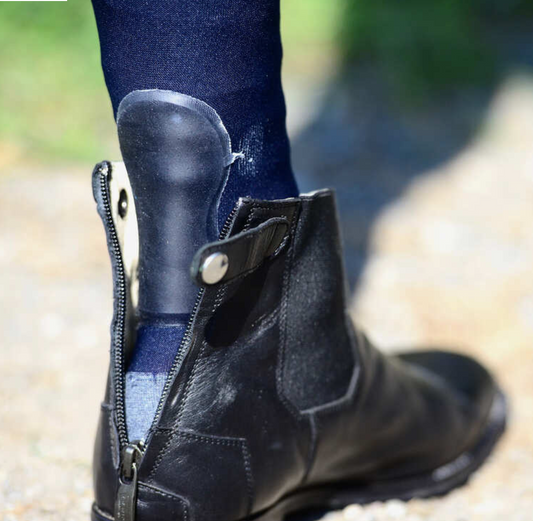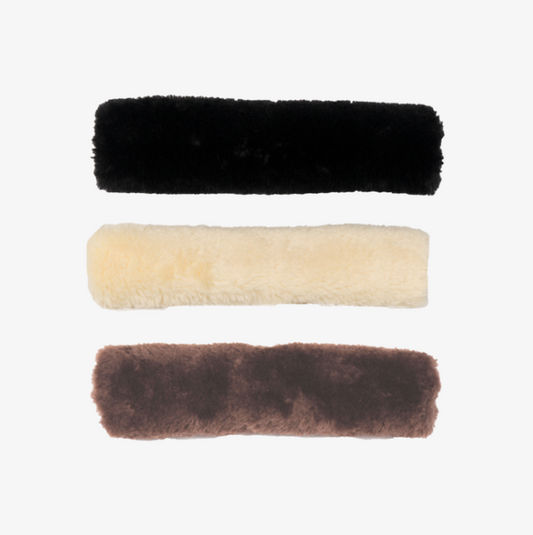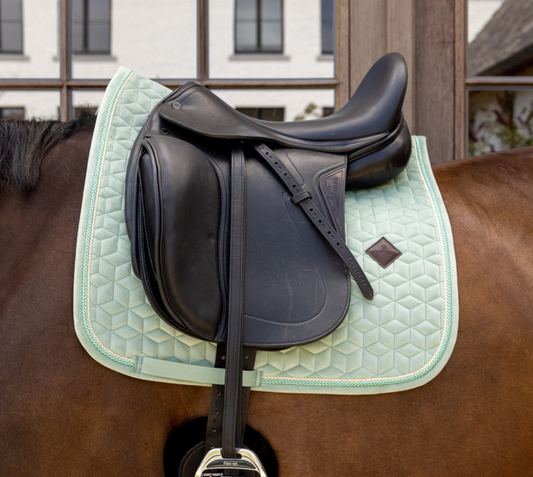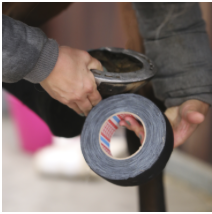Collection: Velari Equestrian

No products found
Use fewer filters or remove all
FAQ's
FAQ's
Kentuccky Horsewear 101
Anatomically shaped bridles are associated with more uniform pressure and increased carpal and tarsal flexion compared with a usual bridle. A handmade anatomical dressage bridle takes at least 50 hours to complete.
Why is a well-fitted ruug important
Our bridles are anatomically designed to avoid peak pressure locations under the noseband, near the cheekbones and headpiece. Makes your horse happier to work.
What is the most common injury in horses
- Your horse is heavier in the one rein than the other rein.
- Your horse stops at fences.
- Your horses neck is sore on palpation.
- Your horse does not want to push from behind.
-
Kentucky Achilles Gel Socks
Regular price R 799.00 ZARRegular price -
Kentucky Sheepskin Noseband Cover
Regular price R 499.00 ZARRegular price -
Kentucky Saddle Pad Velvet Dressage
Regular price R 2,295.00 ZARRegular price -
Kentucky Tesa Tape
Regular price R 950.00 ZARRegular price




